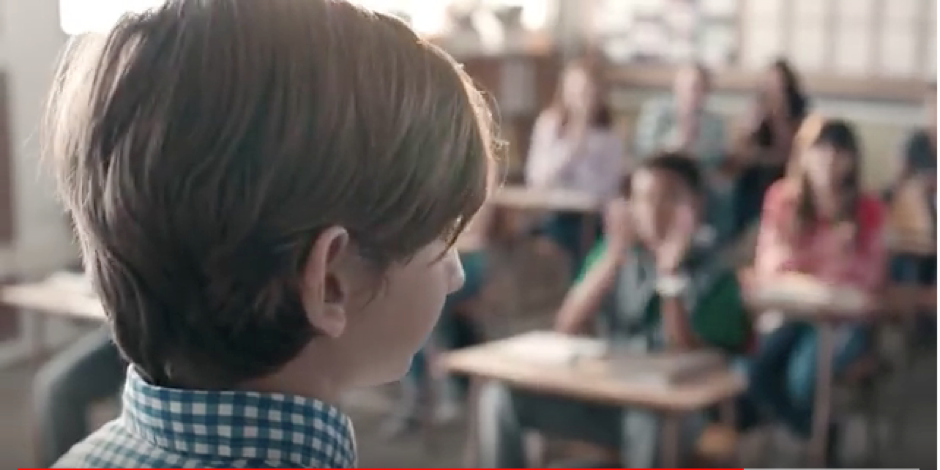“We are, as a species, addicted to a story. Even when the body goes to sleep, the mind stays up all night, telling itself stories.” – author Jonathan Gotschall
As we’ve explored in our previous posts on storytelling, a persuasive yarn in any medium can sell your company, brand, product or service better than just about any other sales tactic.
We’ve discussed how to pick the right story, then where to focus your research. Now that you’ve gathered all the relevant information and have the details to hand, what do you do with it all?
In short, what’s the best way to tell the story?
Here’s the key: structure
Once you’ve got the bare bones of your story down – (translate: the outline) – filling in the gaps will be far easier. In fact, get that outline right, and you’ll find the story will tell itself.
This will help: Incorporate the classic story format known “the hero’s journey.” (We know this format is a home run, because it’s worked for millennia in myths, legends and tales.)
You learned in our previous post that the three key elements driving your story should be the problem, the solution and the success. Breaking this down from the perspective of the hero’s journey will guide your structure:
Beginning: Problem (Call to adventure)
Think about that point in Star Wars when Luke Skywalker meets Obi-Wan Kenobi in the desert, or when Harry Potter first discovers he’s a wizard and will enroll in Hogwarts. A hero’s journey always starts with that framing moment when the protagonist receives his or her call to action.
This may be the element of your story that requires the most time. It falls into three phases:
– Identity: Who is it about – you or your company? Establish who exactly is starting the journey.
– Challenge: What’s the hero setting out to do?
– Struggle: What are the obstacles that stand in the way?
Middle: Conflict and Solution (Rebirth)
This is the turning point in your story, and where the reader’s interest should intensify.
Remember, nothing of value ever comes easily. This is the moment where the hero faces up to the challenges and experiences a metaphorical rebirth on the way to ultimate victory.
This may sound as though it’s about slaying a dragon or finding the Holy Grail, but it’s no different for a business story – now the hero discovers a unique tool or insight that guarantees the outcome.
End: Success (Resolution)
Finally, the hero returns home – changed, enlightened or with new knowledge.
Your challenge is to show your audience why it should care. Once you’ve pulled them in, they must be able to see why your company, product or service will solve their problem.
Let’s look at a real-world example of effective storytelling that draws on all the elements we’ve discussed in these posts.
Although this isn’t a company “origin” story like Apple’s legend (born in the Jobs family garage), it’s creative storytelling for a business purpose.
In this Google ad for the Nexus 7 tablet, viewers are shown the real-life value of the products. Crucially, however, Google and Samsung together transmit their values, morals and vision to a broad audience through a very human story.

There is a clear beginning, middle and end to this story. Let’s break it down using the structure above:
– Call to adventure: Our hero must give a speech. He uses Google to define his problem.
– Solution: He’s struggling to find his way – a path that becomes clear thanks to his Nexus 7, and Google.
– Resolution: He nails the presentation! And the reward? Applause and romance – with help from his trusty Nexus 7… and Google.
The devil in the details: Google has told a fantastic story, elegant in its simplicity, with a clear structure, emotionally resonant for virtually any audience or demographic (just as Nexus and Google are relevant products for virtually any audience).
Thanks to the twin-product powerhouse, and his own efforts, the protagonist overcomes his fears.
The details – the boy’s voice, his mother’s quiet presence, Franklin Roosevelt’s courage-inspiring message, the presentation and audience applause, the promise of romance – all come together to convey the final message.
Note especially the music and how its arc – starting with a simple guitar, picking up several instruments and voice along the way and ending in the swell of a full orchestra – match, accentuate and imitate the story, reinforcing its emotional impact.
In short, it’s perfect: The right story, founded on well-researched elements, structured to trigger a positive emotional response.
There’s no reason you can’t tell your story just as well. Or call on VitalBriefing to do it for you…and with you.

